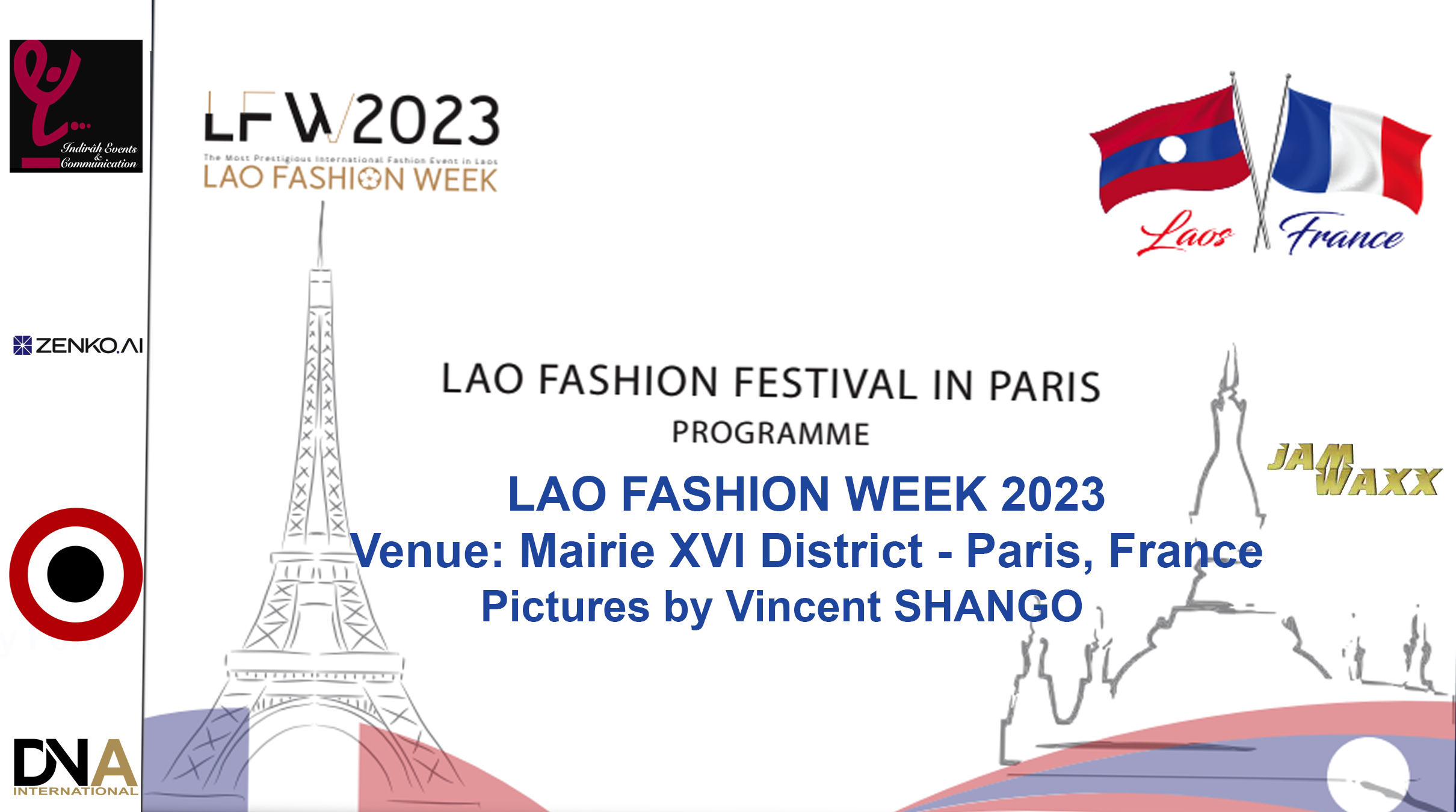Social Commerce and ‘Quiet Luxury’ to Dominate – WWD
Despite consumers and retailers walking away as 2023 Black Friday and Cyber Monday winners (online buying skyrocketed to $9.8 billion in the U.S. while Cyber Monday enticed the highest rate of new shoppers at 45 percent of the total), questions remain. What will 2024’s consumer behavior look like amid so much economic uncertainty? What’s making the Gen Z consumer tick? And what does today’s data on fashion and pricing trends portend for 2024?
WWD sister publication Sourcing Journal answered these questions and more during its recent webinar “The Retail Forecast: What’s Motivating a Cautious Consumer in 2024,” with panelists Krista Corrigan, fashion and retail analyst and Avery Faigen, partner marketing specialist at Edited, a data-driven company that connects cultural and global events with shopping and lifestyle trends. (The event was cosponsored with Informa Markets Fashion, producers of business-to-business fashion events such as Magic, Coterie, Project and Sourcing at Magic.)
Rise of Social Commerce
One trend on the rise is social commerce. In a joint Pymnts x Amazon Web Services (AWS) study, findings revealed that 43 percent of consumers browse social media to find goods and services.
More surprisingly, not only are customers using social platforms as an alternative to Google, but TikTok is winning the search wars, with 503 percent more fashion-focused searches on TikTok versus Google. Even YouTube yielded 12 million more searches than Google for certain fashion-related terms.
Clearly, video is growing. In fact, one major Chinese influencer posts livestreams to Douyin (China’s version of TikTok) of herself showing off different products for just three seconds each, raking in 100 million yuan ($14 million) in sales every week.
“Consumers are using social media platforms as an alternative to Google not just to find products, but to also find demos, reviews [and see] how other shoppers use or style an item, which I think is a great angle that social media platforms are leveraging,” said Faigen.
Luxury Is Evolving
One luxury trend standing the test of time and projected to drive revenue for retailers in 2024 is “quiet luxury,” a style that’s understated and minimalistic, putting a focus on quality materials and high craftsmanship. From a color and category standpoint, the white shirt has become a cornerstone in quiet luxury, noting a 15 percent price increase this past year versus fall 2022.
But while this “stealth wealth” trend, driven by the smash series “Succession,” might seem tilted toward a more mature luxury consumer, it’s capturing younger shoppers as well.
“Gen Z is driving the evolution of quiet luxury. Their version of the trend is being wrapped into what’s called ‘corpcore,’ a cultural shift subverting the traditional corporate uniform and allowing consumers to break free from that conventional office attire,” said Corrigan, noting a 12 percent year-over-year increase in searches. “We saw quiet luxury gaining traction as a response to changing consumer preferences…shoppers were seeking more authentic and subdued expressions of luxury. For spring 2024, brands like AMI Paris, Jil Sander and Valentino incorporated notes of quiet luxury into their assortments, which can give brands and retailers the confidence that it’s here to stay — at least for the next year.”
And with a French luxury house sponsoring the 2024 Paris Olympics — aka “The Luxury Olympics” — luxury is about to get sporty, with brands introducing special collections around the Games. “LVMH is shelling out $166 million to be the official sponsor of the event,” said Corrigan. “That means a lot of the brands in the LVMH portfolio will be showing up in a big way — from Louis Vuitton to Tiffany & Co. to Sephora.”
At a more mass level, pop megastar Taylor Swift and NFL boyfriend Travis Kelce have caused sports jerseys to surge in popularity, also boosting the “fashion sport” trend.
Minimizing Returns
While social commerce is on the rise and quiet luxury is standing strong, the returns epidemic looms large over 2024.
Total returns accounted for $816 billion in 2022 and are becoming more costly for retailers and brands due to fuel prices and labor shortages. To combat additional fees, several retailers have begun changing their policies by charging for returns, creating shorter return windows or requiring customers to go in-store.
As added costs continue to rise, retailers should explore customer incentives — like VIP membership — to mitigate returns and keep shoppers coming back. Edited describes VIP customers as “anyone who has purchased 11 or more times from a brand.”
“Retailers should create or work with their VIP clients to build a solid customer base instead of dealing with people who buy a single item and then return it,” said moderator Lauren Parker, director of SJ and FMG Studios, adding that online shopping can also help drive brand loyalty, as consumers who know how a brand fits them could be less inclined to shop elsewhere.
Edited praises luxury e-commerce platform Mytheresa for focusing on VIP members. “Mytheresa is utilizing a patented AI machine-learning technology to identify and prioritize potential high-spending customers. Once it identifies them, it begins personalizing perks — including expedited returns processing—resulting in top-tier customer retention,” Faigen said.
“Going into 2024, data collection [will be key] to reducing returns and building customer loyalty.”
Watch the webinar here.


